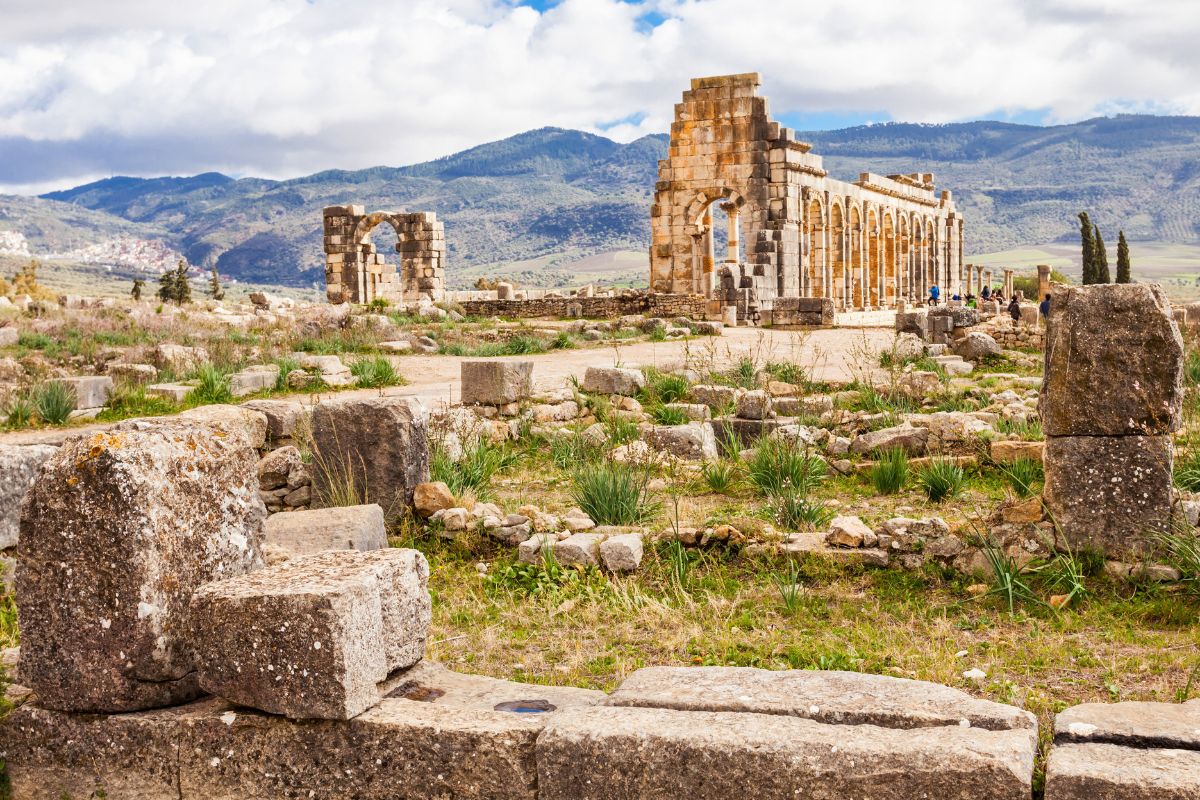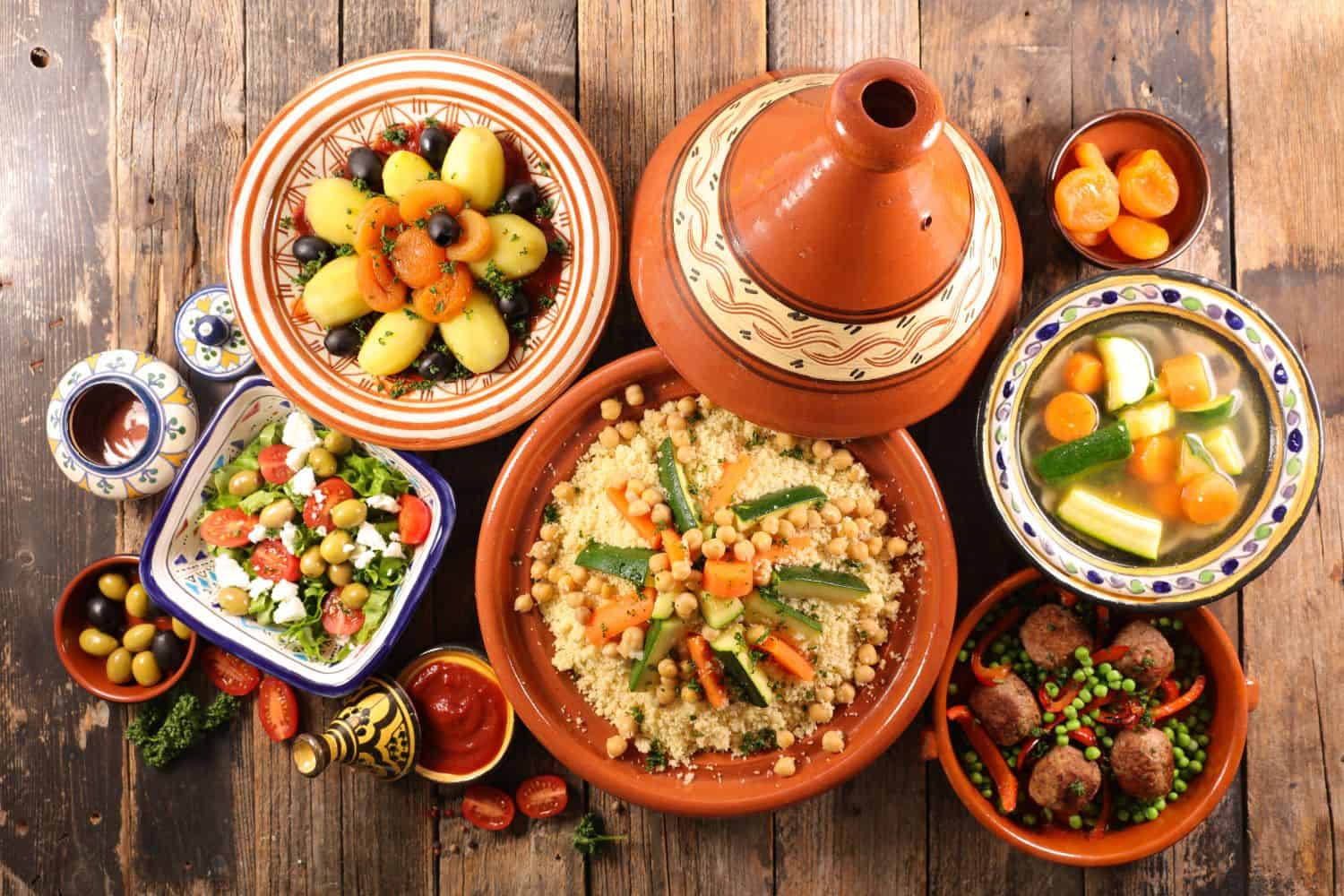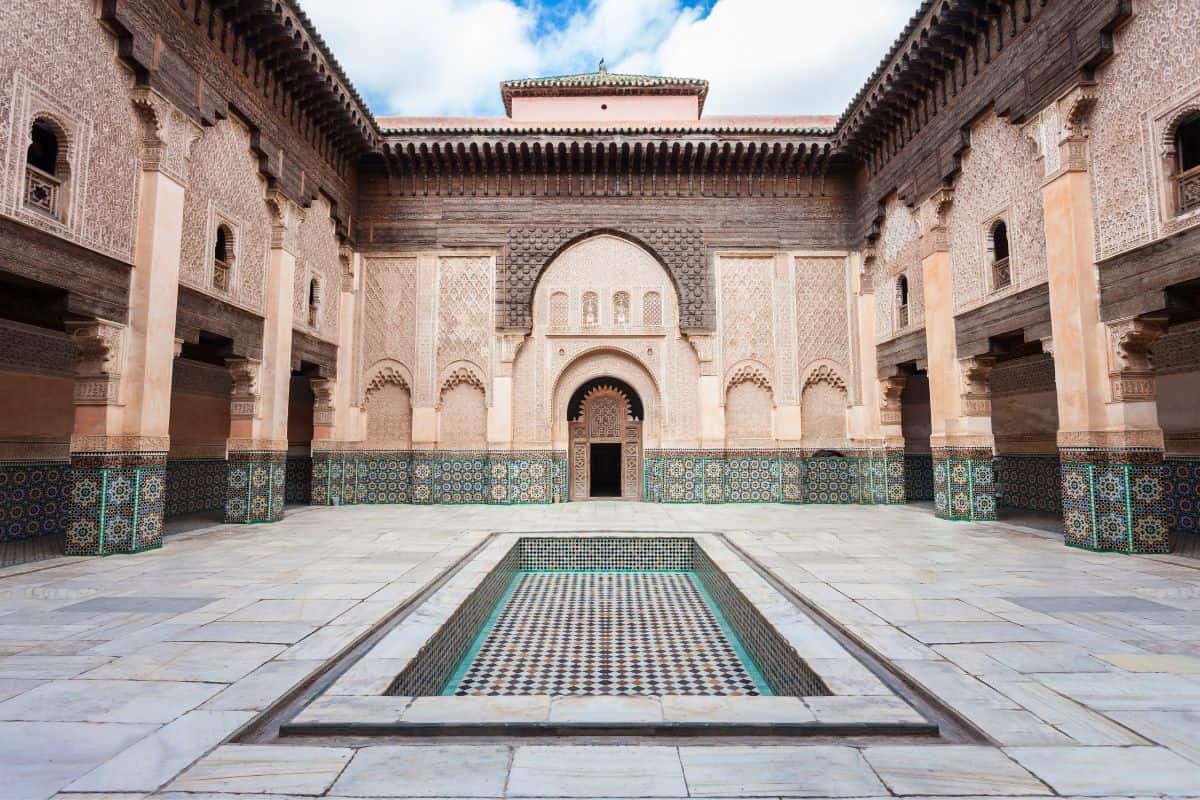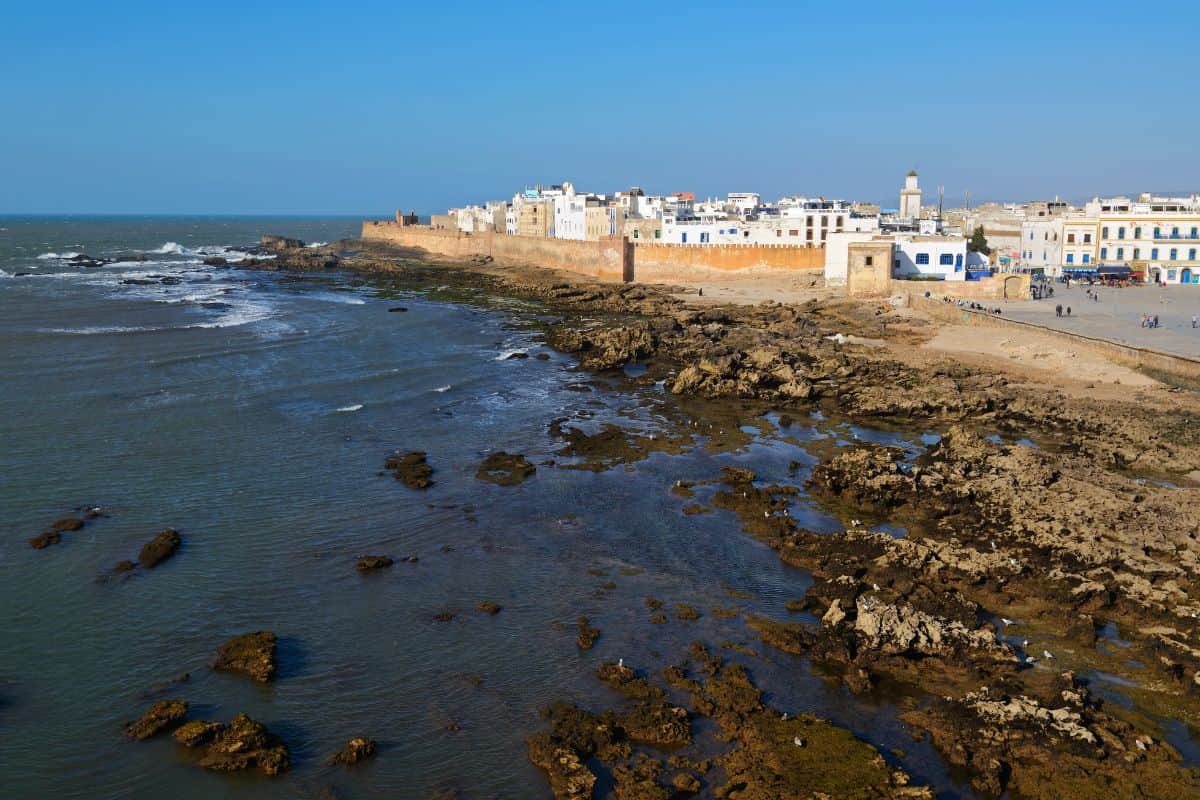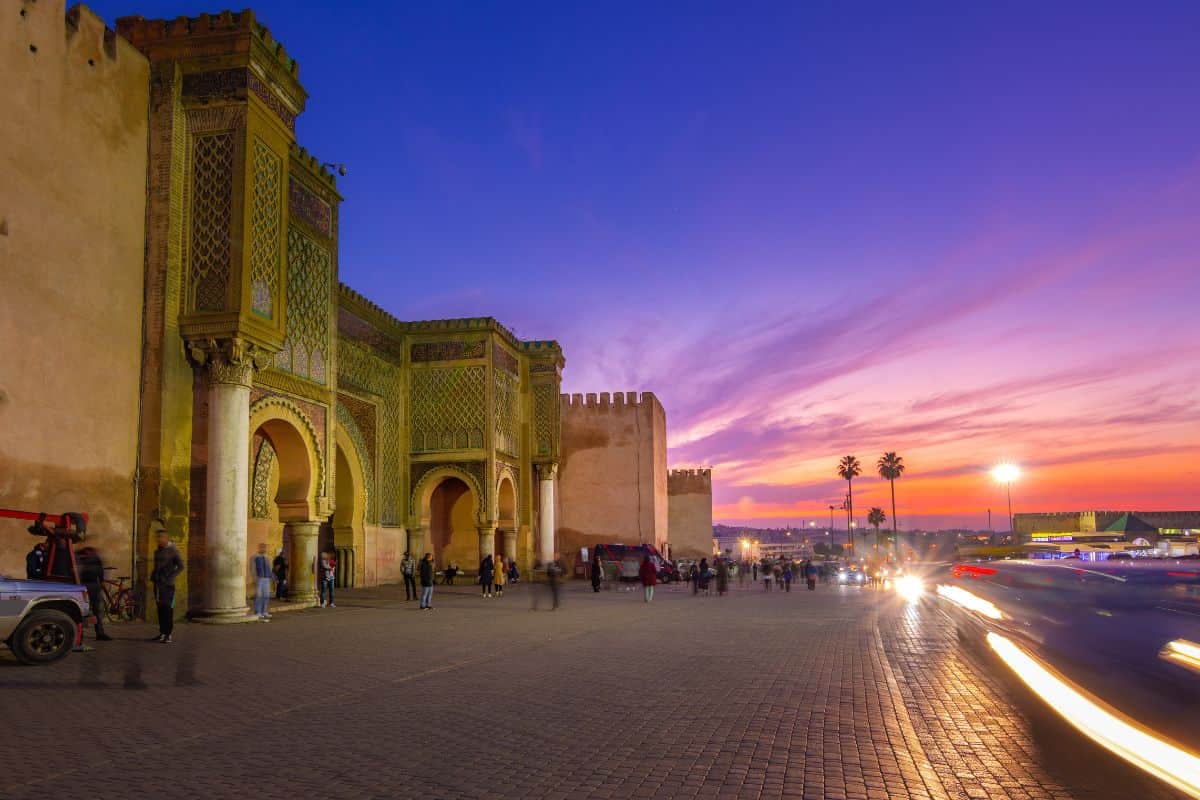Table of Contents
Embark on a journey through Morocco culture as we delve into the intricacies of Morocco’s customs, exploring its rich and diverse heritage, which includes traditions, values, and unique customs and practices.
Moroccans place a significant emphasis on hospitality, extending warm welcomes to their guests. Family holds a central role in Moroccan society, fostering strong connections and a strong sense of community. It’s essential to acknowledge that Morocco culture undergoes continual transformation, shaped by historical events, regional dynamics, and global influences.
Understanding the culture of Morocco can offer valuable insights into the multifaceted and diverse society of the country.
Morocco Culture
Here are the most important points to begin learning about Morocco culture and customs:
- Ethnic Diversity: Morocco is home to a diverse mix of ethnic groups, each with its own customs and traditions. Arabs, Berbers, Sahrawis, and Gnawa are some of the major ethnic communities.
- Languages: The official languages are Arabic and Amazigh (Berber), but French and Spanish are also widely spoken, especially in urban areas.
- Islamic Practices: Morocco is predominantly a Muslim country, and Islam plays a significant role in Morocco culture, influencing daily life, values, and societal norms. This includes daily prayers, fasting during Ramadan, and adherence to Islamic dietary laws. The majority of Moroccans practice Sunni Islam.
- Greeting Etiquette: Greetings are an essential part of Morocco culture. Handshakes are common between men, while men and women usually do not shake hands. Instead, they greet each other verbally with polite phrases.
- Traditional Clothing: Traditional Moroccan clothing, such as the “djellaba” for men and “kaftans” for women, is commonly worn. Traditional attire varies by region and ethnicity but remains an integral part of Moroccan identity.
- Cuisine: Moroccan cuisine features dishes like couscous, tagines, and various grilled meats. It reflects a fusion of North African, Mediterranean, and Middle Eastern flavors.
- Hospitality: Moroccans are known for their warm hospitality. When guests visit, they are offered mint tea, meals, and often a place to stay. It is considered impolite to decline such offers.
- Respect for Elders: Respect for elders is a deeply ingrained custom. Younger individuals show deference to their seniors through words and actions.
- Arts and Crafts: Morocco has a rich tradition of arts and crafts, including intricate tilework, pottery, calligraphy, and carpet weaving.
- Music and Dance: Traditional Moroccan music includes instruments like the oud and darbuka. Folk dances are an integral part of cultural celebrations.
- Celebration of Festivals: Moroccans celebrate various religious and cultural festivals, such as Eid al-Fitr, Eid al-Adha, and Amazigh New Year (Yennayer). These celebrations often involve special prayers, feasts, and gatherings with family and friends.
- Family and Community: Family is central to Moroccan society, and strong community bonds are essential for support and social cohesion.
- Gender Roles: Gender roles are traditionally defined, with men and women often occupying distinct social spheres. However, changes are occurring, particularly in urban areas.
- Marriage Customs: Marriage customs vary, but arranged marriages are still practiced in some regions. Families play a central role in matchmaking, and the union is seen as a commitment not only between individuals but also between families.
- Cultural Heritage and Adaptation: Morocco’s rich history and diverse cultural influences have shaped its culture, creating a unique blend of traditions and practices.
These customs are essential aspects of Morocco culture and are readily visible in everyday life, reflecting the country’s rich cultural heritage and strong sense of community and tradition.
Morocco Traditional Attire
Morocco traditional attire is a reflection of the country’s diverse cultural heritage, regional variations, and historical influences. The clothing worn by Moroccans not only serves functional purposes but also carries significant cultural and social meanings.
1. Regional Variation: Morocco’s traditional clothing varies from region to region, influenced by the local climate, lifestyle, and ethnic traditions. In the colder northern and mountainous areas, people tend to wear heavier and more layered garments, while in the warmer southern regions, lighter clothing is preferred.
2. Berber Dress: The traditional attire of the Berber ethnic group, one of Morocco’s largest, includes the “djellaba.” This ensemble consists of a long, loose-fitting robe with a pointed hood. Men and women both wear djellabas, with women’s versions often featuring intricate embroidery and colorful patterns.
3. Amazigh and Sahrawi Attire: Amazigh and Sahrawi communities, among other ethnic groups, have their distinctive traditional clothing. For example, Amazigh men may wear a “tasellit” or “burnous,” a hooded cloak, while Sahrawi women often don vibrant dresses adorned with intricate hand-embroidery.
4. Nomadic and Desert Clothing: Nomadic tribes in Morocco, such as the Tuareg people, have unique attire tailored to their desert lifestyles. They might wear indigo-blue garments known as “tagelmust” or “cheche” along with silver jewelry and distinctive turbans. These nomadic styles are not only functional but also symbolic of their tribal identity.
5. Modesty and Cultural Significance: Traditional Moroccan clothing emphasizes modesty, with loose-fitting garments covering the body. The choice of colors, fabrics, and embroidery often carries cultural and regional significance, and the attire may also indicate one’s social or marital status.
6. Special Occasion Attire: Moroccans dress elaborately for special occasions and celebrations, with vibrant and ornate clothing adorned with intricate beadwork, embroidery, and jewelry. Weddings, festivals, and religious events are opportunities for individuals to showcase their finest traditional attire.
7. Adaptation to Modernity: While traditional attire remains important, urbanization and modern influences have led to the integration of Western clothing in daily life, especially in cities like Casablanca and Marrakech. Many Moroccans wear a combination of traditional and contemporary clothing, reflecting changing lifestyles and global fashion trends.
Morocco traditional attire is not just a matter of clothing; it is a vibrant expression of the country’s cultural diversity, history, and identity. It serves as a visual testament to the rich tapestry of traditions that have shaped Moroccan society for centuries.
Morocco Marriage Traditions
Morocco marriage traditions are deeply rooted in its rich and diverse cultural heritage, with variations across different ethnic groups and regions. These traditions hold great significance in Moroccan society, reflecting both historical practices and contemporary influences.
1. Arranged Marriages: Arranged marriages are common in Morocco. Families often play a crucial role in selecting suitable partners for their children. These marriages are viewed as a means to maintain cultural ties and ensure compatibility between families.
2. Matchmakers: Matchmakers, known as “khatib” or “wassit” in Morocco, assist in finding compatible matches for individuals. They take into consideration factors such as family background, social status, and compatibility when suggesting potential partners.
3. Engagement: Once a suitable match is found, the engagement process begins with a formal agreement between the families. This agreement, often referred to as a “khitbah,” marks the commitment of the couple to marry.
4. Wedding Celebrations: Moroccan weddings are elaborate and joyful celebrations that typically last for several days. They involve traditional rituals, sumptuous feasts, music, and dancing. The main wedding ceremony often takes place in a mosque or at home.
5. Bride Price (Mahr): The groom is expected to provide a “mahr” or dowry to the bride as a symbol of his commitment and financial security. The size and nature of the dowry can vary depending on the families and regions involved.
6. Bridal Attire: Brides in Morocco typically wear exquisite and elaborately designed dresses, often accompanied by intricate jewelry. The style of attire can vary based on the region and ethnic group, with Berber, Arab, Amazigh, and Sahrawi brides having their unique styles.
7. Post-Wedding Customs: After the wedding, various traditions may follow, such as the “Aroussia” or “Berza,” which involves the bride officially entering her new household. Additionally, a celebratory feast, known as “Achoura,” is hosted by the newlyweds.
8. Social and Religious Significance: Marriage holds both social and religious importance in Morocco, closely tied to Islamic customs and traditions. The marriage contract, known as the “nikah,” is conducted in accordance with Islamic principles and may include readings from the Quran.
9. Family and Community Involvement: Moroccan weddings are not just a celebration of the couple but also a community affair. Extended families and the wider community play essential roles in supporting and participating in the festivities.
10. Contemporary Changes: In urban areas and among the younger generation, there is a growing trend toward love marriages, where individuals choose their partners based on personal preferences. However, even in these unions, traditional customs and ceremonies often continue to be observed.
Morocco marriage traditions emphasize the significance of family, community, and cultural identity in Moroccan society. While some customs have evolved with time, they remain a significant part of Moroccan life, preserving the country’s cultural heritage and social bonds.
Morocco Food Culture
Morocco food culture is a captivating and diverse reflection of its history, geography, and the blending of culinary traditions from North Africa, the Middle East, and Europe.
- Regional Variation: Food from Morocco diverse geography, encompassing coastal regions, fertile plains, and mountainous areas, has given rise to a wide range of regional cuisines. Each area incorporates local ingredients and culinary traditions, resulting in a rich tapestry of flavors distinctive to each region.
- Staple Foods: Moroccan cuisine relies heavily on staple foods like couscous, bread (especially flatbreads like khobz), and grains such as wheat and barley. Couscous dishes like “tagine” and “couscous with vegetables” are particularly popular.
- Tagines and Grilled Meats: Tagines, slow-cooked stews, are a hallmark of Moroccan cuisine. Lamb, beef, and chicken are commonly used, and they are often marinated in spices before cooking. Grilled meats, especially lamb kebabs, are also popular.
- Flavorful Spices: Moroccan cuisine incorporates a rich array of spices and herbs like cumin, coriander, cinnamon, and saffron. These spices add depth and complexity to dishes.
- Traditional Dishes: Moroccan cuisine features traditional dishes like “bastilla” (pastry filled with meat and almonds), “harira” (a hearty soup), “couscous with seven vegetables,” and “pastilla” (sweet and savory pie). These dishes often have regional variations.
- Use of Mint Tea: Mint tea is a common beverage in Moroccan cuisine and is served sweet and hot. It is often enjoyed throughout the day and is a symbol of Moroccan hospitality.
- Baking in Tandoor-Style Ovens: Traditional Moroccan ovens, similar to tandoors, are used for baking bread like “khobz” and preparing dishes like “m’smen” (pan-fried flatbreads).
- Sweets and Desserts: Moroccan sweets often feature ingredients like almonds, dates, and honey. “Baklava,” “chebakia,” and “sfenj” (deep-fried doughnuts) are popular desserts, especially during celebrations and festivals.
- Tea Culture: Moroccans have a strong tea culture, with green tea or “gunpowder tea” being a popular choice. It is often served with mint leaves and plenty of sugar, symbolizing Moroccan hospitality.
- Family and Community Dining: Morocco culture places a significant emphasis on communal dining. Families and friends often gather around a “sfoof” (tablecloth) to share meals together, especially during special occasions.
- Influence of Moroccan Diaspora: Moroccan cuisine has gained recognition and popularity in various parts of the world due to the Moroccan diaspora. Moroccan restaurants in international cities offer a taste of Morocco culture to diverse audiences.
- Resilience and Adaptability: Moroccan cuisine has endured and adapted over the years, drawing from a rich culinary history. Moroccan cooks display resourcefulness by creating flavorful dishes under various circumstances.
Book our services
Our services as a travel agency in Morocco ensure that your journey is not only enjoyable but also informative and hassle-free. Morocco’s cultural delights, historical marvels, and natural wonders await your exploration with RJ Travel LLC. Our Morocco Private Tours are designed to immerse you in the rich cultural heritage, historical significance, and breathtaking landscapes of this extraordinary nation.
Contact Us and our team will make sure to help you plan your trip to Morocco when it’s safe and ready for travel. Whether you’re interested in joining a pre-arranged Morocco small group tour or creating a custom itinerary, we are here to make your Moroccan adventure an unforgettable reality.
More About Morocco
Book Your Trip to Morocco Today!
Embark on an unforgettable journey and explore the allure of Morocco through our exclusive tours.



